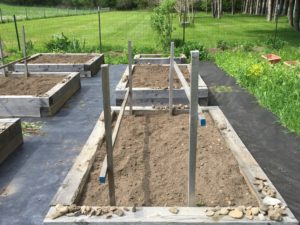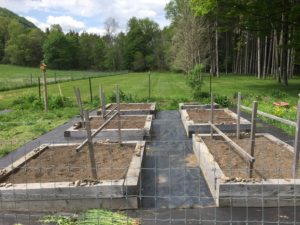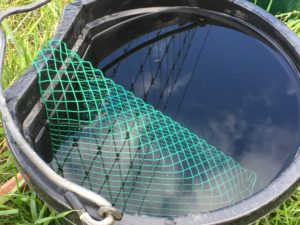Last summer, by the time the farm purchase closed and we moved in, it was too late to start a garden for the summer. However, the prior owners had planted a full garden with a variety of plants. With limited work needed on our part (just some occasional watering), we were able to harvest a large number of tomatoes, radishes, rattlesnake beans, kale, lettuce, green peppers, dill and much more.
This year, we had a lot more work to do – we had to prepare and plant our own garden! It took many hours to turn the soil and get it ready for planting.
Although last winter was generally warm, it stayed colder than normal late into the spring with frost still occurring regularly up through the beginning of May. We decided to go with planting from seeds this year instead of started plants. Due to the late frosts, we couldn’t plant the seeds until late May.



